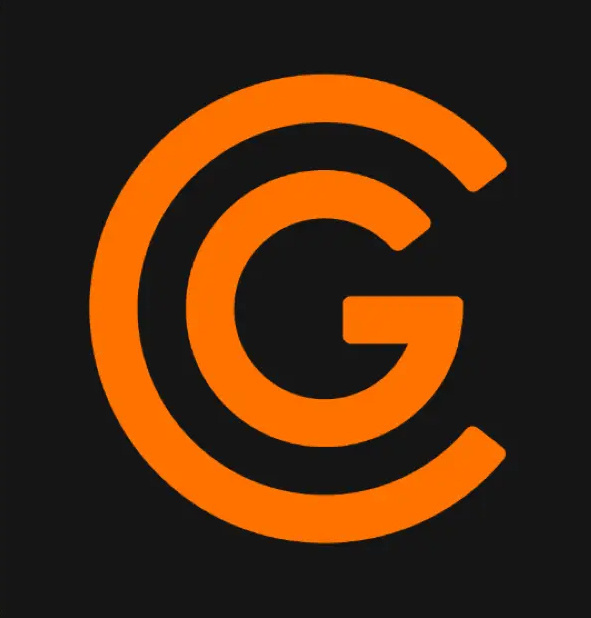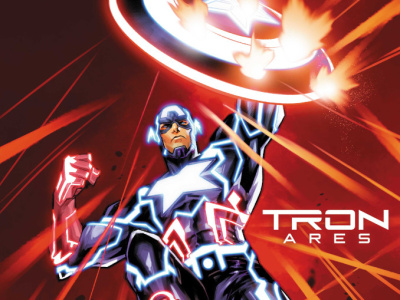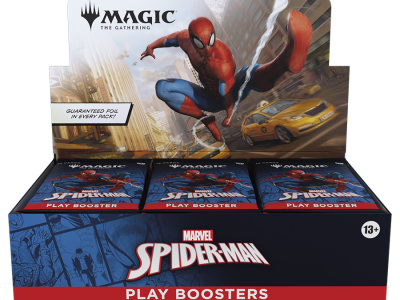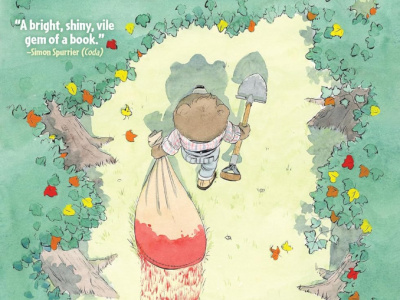Two important truths have emerged in the digital comics market over the past decade: Webtoon and similar platforms have been unbelievably successful in getting casual fans to read vertically scrolling digital comics on their phones; and, digital sales of North American comics through download-to-own services top out at around 15% of print.
Is the problem the content or the format? Probably a little bit of both, which is why digital comics upstart GlobalComix is undertaking an experiment. Can we expand the accessibility of North American comics by presenting them in the format and weekly cadence of webtoons?
Never the twain shall meet? For 15 years, "digital comics" in the North American market has meant distributing digital versions of typical direct market periodicals to devices like phones and tablets, sometimes using a "panel flow" technology (e.g., Guided View) to improve readability on small screens. Meanwhile "webtoons" has come to refer to both a different format (comics originally created to be read on phones using vertical scroll) and a different style of content, reflecting the Korean origins of the top platforms.
Doing "western-style comics as webtoons" has therefore meant translating the tone and style along with the material, as DC has done with their "Wayne Family Adventures" on Webtoon. But what about just taking standard panel-and-page comics and presenting them in a convenient, vertically scrolling format, breaking longer stories into weekly chunks?
"It’s clear that vertical scroll is the best way to read comics on a phone," said GlobalComix CEO and cofounder Chris Carter. "There’s a lot of content made by western publishers and creators over decades that younger audiences simply won’t read because they don’t go into comic book stores and won’t try because of its format. So how do you bring those new people into the medium and convert them to lifelong fans?"
Rethinking the page. Carter says that other digital presentation strategies, like providing the entire page view or using "panel flow" (think comiXology’s Guided View) are fine for tablets, laptops and PCs, but vertical scroll is the key to success on ubiquitous smart phones and other devices with smaller screens. He also says that the company’s research shows breaking stories up into weekly chunks is a better way to hook readers into long storylines.
"Weekly publication isn’t feasible for comics publishers, but you can convert a standard floppy into four weekly chunks to get readers coming back every week and generate conversation about what might happen next," he said, noting this has been part of webtoons’ successful strategy.
GlobalComix has been working with a long and growing list of publishers to collaborate around adapting their existing material to vertical scroll. Similar to comiXology’s approach to Guided View, this is a manual process where the designer needs to interpret storytelling intended to be viewed full page, including variable panel size and shape, overflow, splash pages and placement of text, into the limited real estate of a vertical mobile display.
Carter demonstrated how this works on a recent vertically-scrolling adaptation of Barbaric from Vault Comics, recently announced as a GlobalComix partner (see "GlobalComix Adds Vault"). The original page layout is interpolated into a series of frames that preserves the aspect of horizontally-oriented panels using black space, maintains a seamless flow of dialogue and text through the scroll, and even captures the drama of a larger panel where the main character breaks the borders of the frame.
"We’ve taken a certain amount of creative liberty," he explained. "We’re slicing it up, we’re moving speech boxes around, changing font sizes. Sometimes we might extend the picture slightly. We paid a lot of attention to the spacing between text and images and how much text you get with each swipe of the thumb."
Carter said the production artists can make 3-4 episodes per day. While certain aspects of the task can be streamlined by technology, Carter emphasized that the company sees it as something fundamentally requiring human creativity and judgment. The nature of the task is such that GlobalComix Vertical Originals have an "adapted by" credit in addition to the creative team that worked on the comic.
For readers who prefer full page or panel flow because they are reading on larger screens, those options remain available in the interface.
Going to market. GlobalComix has already debuted a handful of titles in the new format with a few partners like Vault, but a series of major partner announcements will be forthcoming throughout the fall.
"If you look at what we’ve done so far, we’ve had most major genres including horror, action, sci-fi, humor – everything except slice-of-life," he said. "Some of the next ones we’re rolling out, I think you’d call them well-known stories that have life beyond the comics themselves, that broader audiences are aware of from media, or might interact with through video games. So we’re thinking holistically from the perspective that there is a lot of good content and we want to try to build and audience around that."
Carter said that GlobalComix and its partners will be selective about what work they adapt. "Working with publishers, we can pick the titles that are best suited, or that will resonate most with the audiences that we’re going for, first," he said.
Carter also said he’s working with creators and publishers to create exclusive content in vertical format, with an eye toward eventual print publication. "We will still design them in a print layout first and then transform them to vertical scroll," he said. "We’ll just design it in a print format that is conducive to a good adaptation."
Gimmick or magic bullet? We’ve been hearing versions of "digital will expand the market" for over a decade, and the only ones who made it happen so far are the webtoon platforms. And there are a bunch of other factors besides the form factor and cadence of webtoons that have made the format a success: a conscious decision to expand subject matter and audience to appeal to those not well served by most major direct market comics, an efficient system for turning successful user-generated content into big hits, and tangible support from the South Korean government, which sees webtoons as part of a broader strategy for cultural and economic growth, among others.
So will the efforts of GlobalComix move the needle? Carter says GlobalComix is prepared to absorb the majority of the upfront costs and risks to find out. "We’re going to be working with multiple partners, not just on back catalog, but on verticalized versions day and date alongside print," he said. "It’s a unique opportunity for publishers to participate, because there’s no downside at all.”
Rob Salkowitz has received two Eisner Award nominations for his coverage of the industry in ICV2, Forbes and Publishers Weekly. He is the author of Comic-Con and the Business of Pop Culture and teaches at the University of Washington.
Click here for more Webtoon Week coverage!
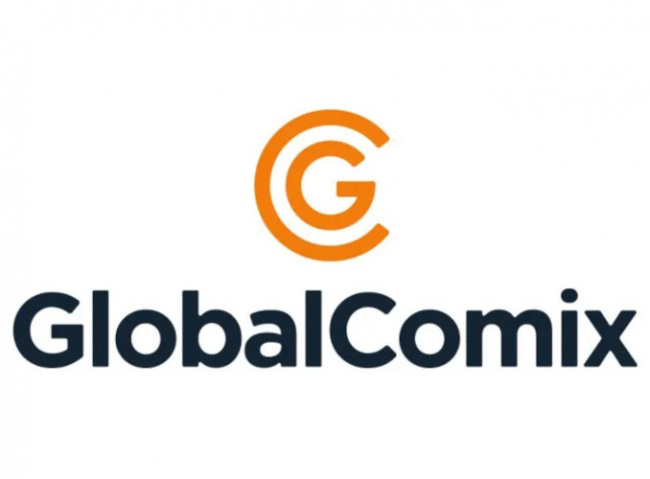
Column by Rob Salkowitz
Posted by Rob Salkowitz on June 11, 2024 @ 6:45 pm CT
MORE COMICS
At AnimeNYC
August 22, 2025
The winners of the 2025 American Manga Awards, organized by AnimeNYC owner LeftField Media and Japan Society, were announced in a ceremony at AnimeNYC in New York on August 21.
From Marvel Comics
August 22, 2025
This October, Marvel Comics celebrates the release of TRON: Ares with new variant covers.
MORE COLUMNS
Column by Jeffrey Dohm-Sanchez
August 21, 2025
ICv2 Managing Editor Jeffrey Dohm-Sanchez continues to take a look at some of the issues revolving around Universes Beyond products.
Column by Rob Salkowitz
August 19, 2025
For Horror Week, columnist Rob Salkowitz asks whether the horror boom can help get us through a moment full of woe and dread.




